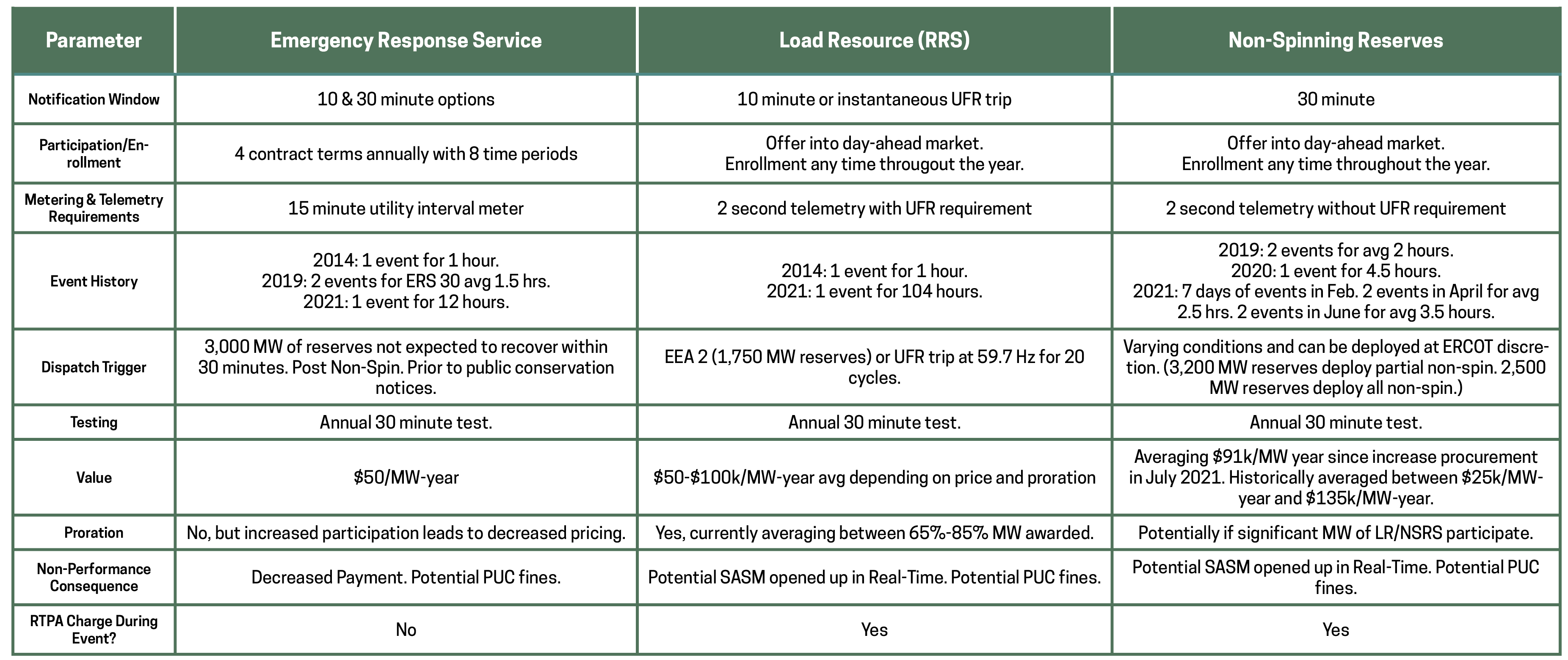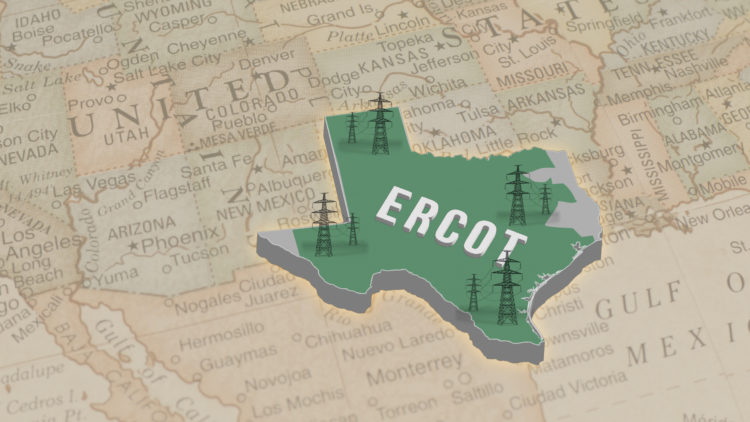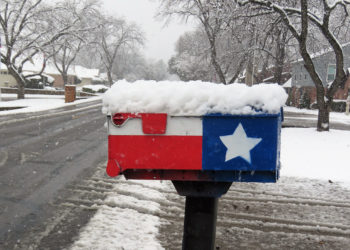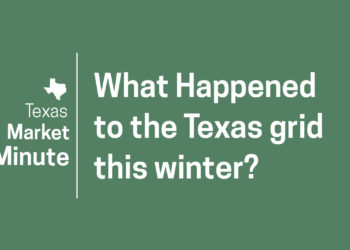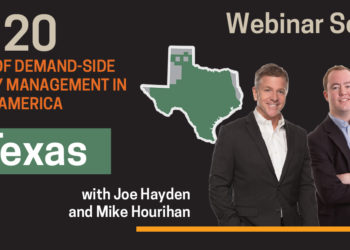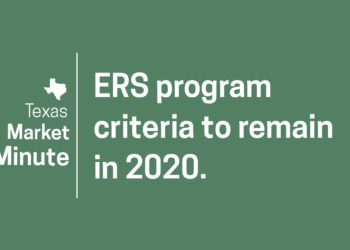
Texas
The Lone Star State bustles with economic growth and opportunity. Demand for electricity in Texas continues to grow as well. CPower can help your organization keep the grid in balance while you earn with demand response and save with peak demand management.
The State of the Texas Market from The Current
Should Texas Connect to the US National Power Grids?
It has been just over a year since Texas suffered rolling blackouts that forced millions of citizens to go without power for days amidst historically freezing temperatures. The unfortunate toll of an estimated $80 to $100 billion in property damage pales when compared to the tragic loss of...
Read moreState of the Texas Energy Market in 2021
In recent years, Texas’s energy market has been put to the test with shrinking reserve margins, increased electrical demand, and grid-threatening heat waves. The ERCOT grid has held and the market has helped organizations in the Lone Star State earn significant revenue by monetizing distributed energy resources. This...
Read moreStart the Conversation with CPower
Fill out the form below or Call CPower 844-276-9371
About the Texas Market
The Electric Reliability Council of Texas operates a competitive wholesale bulk-power market. Unlike forward capacity markets like the ones in New England or PJM, ERCOT’s is an energy-only market.
Instead of a capacity market, ERCOT maintains a capacity reserve margin, calculated by subtracting the projected peak demand on the grid from the total capacity generation available in Texas.
ERCOT maintains day-ahead, real-time energy market, and ancillary service markets. These markets consist of participating assets on both the generation and demand-side (behind-the-meter).
Demand Response Programs in Texas
To maintain grid reliability and help organizations in Texas offset their energy use and spend, ERCOT offers the following demand-side energy management programs:
Emergency Response Service (ERS): ERS pays organizations for using less energy when the grid is stressed or when electricity prices are high. There are two types of ERS programs: ERS 10 and ERS 30, which pay businesses for being available to curtail their energy loads within 10 or 30 minutes.
The program pays on average about $60,000 per megawatt year.
SOP Utility Program: Each utility offering this program has specific goals. The SOP program is very similar to ERS, except it is called only in summer afternoons.
Demand Management (4CP): Every month your business is charged a fee—called a peak charge or, more specifically in Texas, a 4CP charge—based on how much electricity an organization consumed during the period when electricity demand on the grid was at its highest.
4CP management involves curtailing energy consumption during periods of peak system load, thereby lowering the 4CP value, which in turn reduces 4CP power charges the following year.
ERCOT Non-Spinning Reserves: program offers organizations seeking to earn money for using less electricity when the grid is stressed or prices are high a great balance between the market’s existing demand response programs–Emergency Response Service (ERS) and Load Resource (LR).
With Non-Spinning Reserves, organizations have a 30-minute curtailment notification window just as they do with ERS-30. Unlike LR, however, there is no under-frequency relay (UFR) requirement, meaning there is no scenario in which the organization’s power can be shut off as is possible with the LR program.
To top it all off, the Non-Spinning Reserves program pays as much as ERCOT’s lucrative LR program and about $40,000/MW year more than the ERS program.
Load Resource (LR): is potentially 2-3 times more financially rewarding than other ERCOT programs for businesses who participate. The Load Resource Program is capped at 1400-1750 MW of total procurement. If more than this limit clears the market, then proration will be triggered.
Load Resource is the more advanced and better paying of ERCOT’s DR programs. An ancillary service program, LR requires a 10-minute response and pays about $100,000 per megawatt year, on average. The LR program requires an under frequency relay UFR) to participate.
ERCOT Contingency Reserve Service (ECRS): Available in 2024, the new ERCS program is very similar to the Load Resource program in that resources must respond within 10 minutes of being dispatched and must continue to sustain their performance for “as long as they have the responsibility to provide this service.” ECRS differs from LR in that the new program does NOT have an under-frequency requirement
Texas Program Parameters
